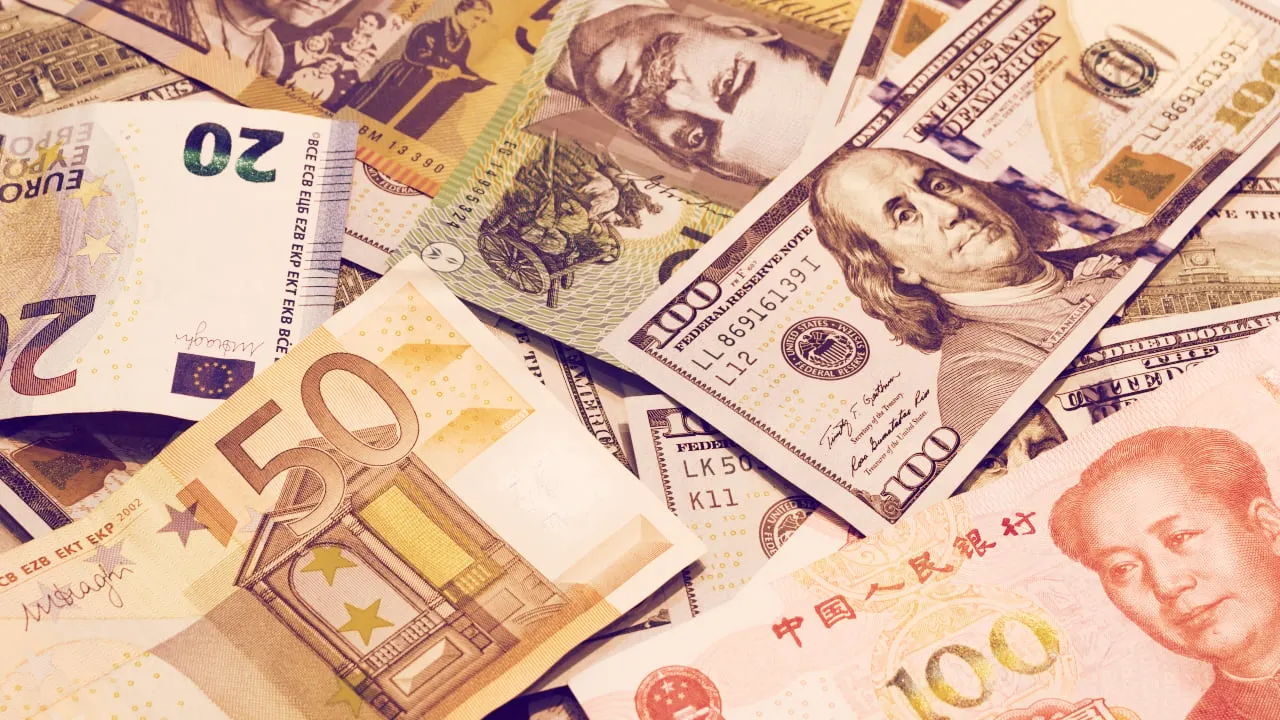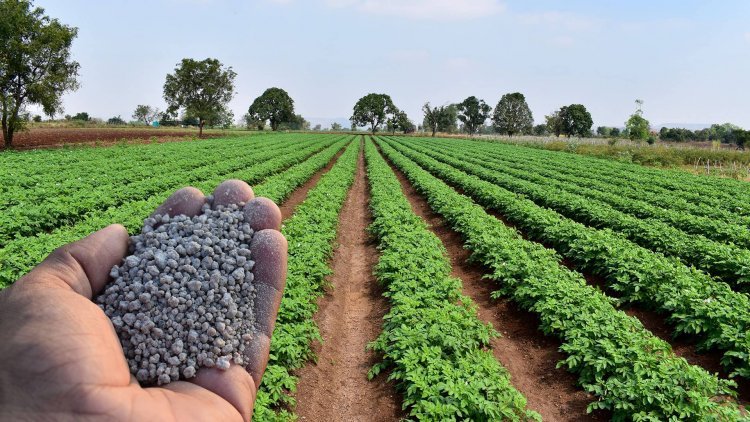- Courses
- GS Full Course 1 Year
- GS Full Course 2 Year
- GS Full Course 3 Year
- GS Full Course Till Selection
- Answer Alpha: Mains 2025 Mentorship
- MEP (Mains Enrichment Programme) Data, Facts
- Essay Target – 150+ Marks
- Online Program
- GS Recorded Course
- Polity
- Geography
- Economy
- Ancient, Medieval and Art & Culture AMAC
- Modern India, Post Independence & World History
- Environment
- Governance
- Science & Technology
- International Relations and Internal Security
- Disaster Management
- Ethics
- NCERT Current Affairs
- Indian Society and Social Issue
- NCERT- Science and Technology
- NCERT - Geography
- NCERT - Ancient History
- NCERT- World History
- NCERT Modern History
- CSAT
- 5 LAYERED ARJUNA Mentorship
- Public Administration Optional
- ABOUT US
- OUR TOPPERS
- TEST SERIES
- FREE STUDY MATERIAL
- VIDEOS
- CONTACT US
Saubhagya Scheme: Empowering Households with Electricity
Saubhagya Scheme: Empowering Households with Electricity
01-07-2024

The Meghalaya Lokayukta has issued notifications to former officials of the Meghalaya Energy Corporation Limited (MeECL) over alleged irregularities in implementing the Saubhagya scheme in the state.
About Saubhagya Scheme:
- Launch: Pradhan Mantri Sahaj Bijli Har Ghar Yojana (Saubhagya) was launched by the Government of India in October 2017.
- Objective: To achieve universal household electrification by providing electricity connections to all un-electrified households in rural areas and all poor households in urban areas across the country.
- Free Provision: Under the scheme, LED bulbs, wire, holders, switches, and other electrical materials are provided free of cost to BPL families.
- Key Features:
- Providing last-mile connectivity and electricity connections to all un-electrified households in rural areas.
- Providing Solar Photo Voltaic (SPV)-based standalone systems for un-electrified households in remote and inaccessible villages where grid extension is not feasible or cost-effective.
- Providing last-mile connectivity and electricity connections to all remaining economically poor un-electrified households in urban areas.
- Non-poor urban households are excluded from this scheme.
- Connection Fees:
- In rural areas, families other than BPL families must pay Rs. 500 for an electricity connection. The amount can be paid in 10 equal installments of Rs. 50 each through monthly bills.
- In urban areas, BPL families receive free power connections.
- Solar Energy Solution: For rural families where grid supply is not feasible, electricity assemblies are provided through solar energy.
- Nodal Agency: The Rural Electrification Corporation (REC) has been designated as the nodal agency for the Saubhagya scheme.
|
What is Rural Electrification Corporation (REC)? REC, a state-owned company under the Ministry of Power, finances the development of power generation and distribution across India. It primarily focuses on rural communities, where millions of people lack reliable electricity supplies. |
- Beneficiary Identification: Socio Economic and Caste Census (SECC) 2011 data is used to identify beneficiaries for free electricity connections
Must Check: Best IAS Coaching In Delhi



